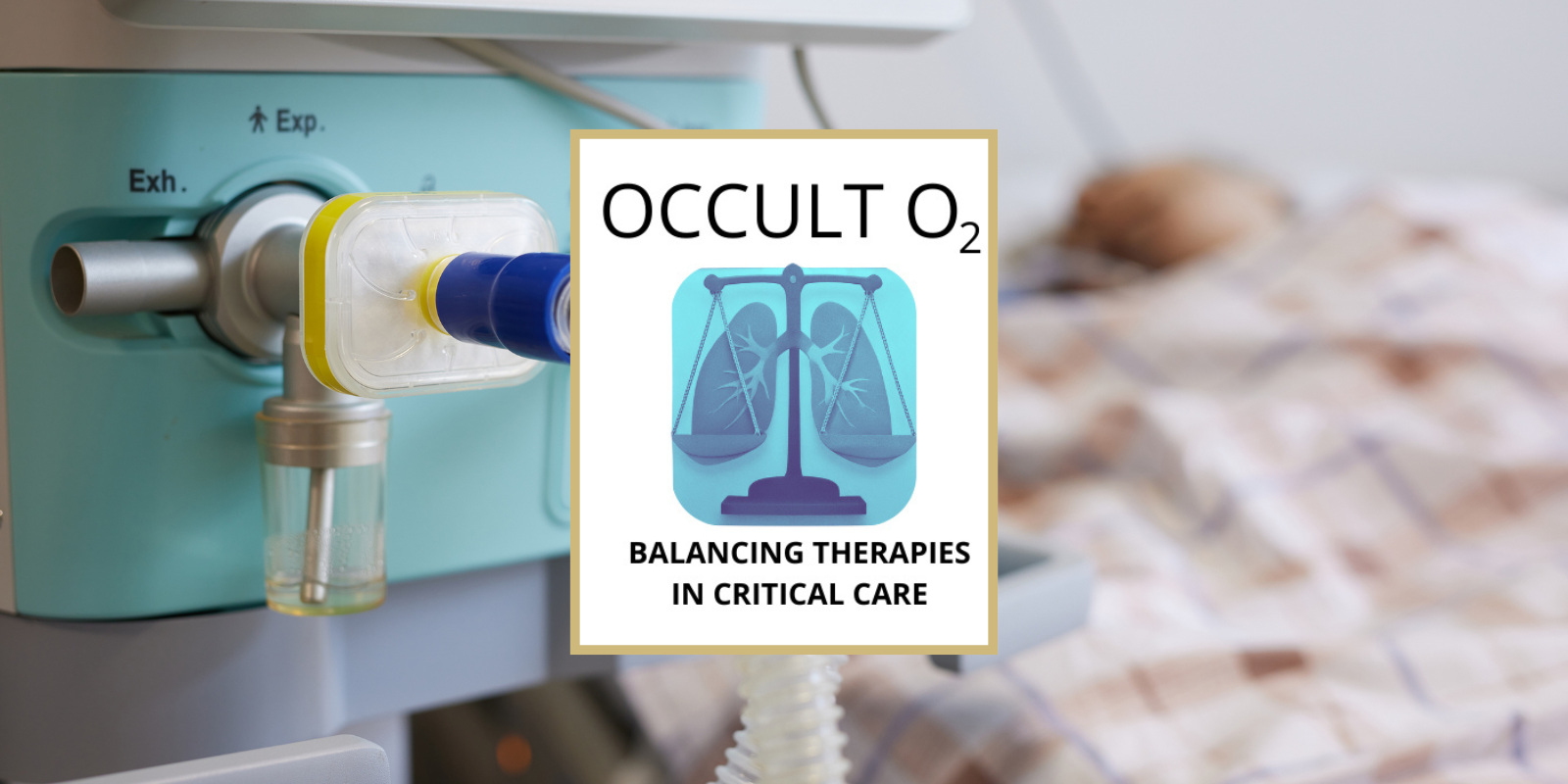About 800,000 hospitalized patients are mechanically ventilated in the United States each year. It’s an essential means of delivering oxygen to patients with critical illness or in surgery. But ventilated patients can wind up with too little oxygen in their blood, a problem that sometimes goes undetected.
How to avoid this potentially dangerous situation is the subject of an ongoing research project led by Neil Aggarwal, MD, an associate professor in the University of Colorado Department of Medicine’s Division of Pulmonary Sciences and Critical Care and its director of critical care research.
Aggarwal’s project draws on anonymous health-record data from real-world patient care at intensive-care units operated by UCHealth, the CU Department of Medicine’s clinical partner, at far-flung facilities across Colorado. It’s a type of study called a “pragmatic clinical trial,” focusing on evaluating the effectiveness of interventions in routine care settings rather than testing a new drug or treatment.
“Oftentimes, a pragmatic trial is used to compare different types of interventions that are already being used in practice, but not in a standardized or evidence-based way,” he says. “They typically don’t test something that’s outside the realm of existing standard of care.”
Aggarwal had experience designing and overseeing pragmatic trials when he was with the National Institutes of Health’s National Heart, Lung, and Blood Institute. “That was part of the reason I was recruited here in 2021, to design these types of trials across our health system,” he says.
Avoiding occult hypoxemia
When patients receive mechanical ventilation, their blood oxygen saturation level is monitored, typically using a pulse oximeter, a device that clips onto a finger. Monitoring oxygen saturation helps detect hypoxemia – too little oxygen in the blood – or hyperoxemia – too much oxygen.
The standard of care in the UCHealth system’s ICUs is a blood oxygen saturation target ranging from 88% to 94% when patients are mechanically ventilated, Aggarwal says. (Blood oxygen levels in healthy people ranges from 95% to 100%.) Aggarwal’s project seeks to establish whether setting an oxygen target for ventilated patients at a modestly higher range – 90% to 96% – could reduce the incidence of hypoxemia without negatively impacting other clinical parameters. It’s called liberal oxygen therapy.
In particular, Aggarwal seeks ways to avoid occult hypoxemia, a situation where a patient undergoing mechanical ventilation has low blood oxygen levels even though pulse oximeter readings appear normal. And research shows that not all groups are impacted equally.
“About four years ago, it began to emerge that there’s a discrepancy in how frequently occult hypoxemia occurs among patients with darker skin pigmentation,” he says. “We think it has to do with skin pigmentation interfering with how a pulse oximeter works.”
Previous studies have shown that occult hypoxemia is more common among Black people, “and it’s less well studied among Hispanic patients,” Aggarwal says. Lower blood oxygen saturation also is expected to be more common at higher altitudes, but the frequency and impact of occult hypoxemia is not well understood at altitude.
Aggarwal’s project is entitled OCCULT-O2 – Optimizing Care in Critically Ill at UCHealth by Liberalizing the Target O2. O2 is the molecular symbol for atmospheric oxygen. Peter Sottile, MD, an assistant professor in the pulmonary sciences and critical care division, is a co-lead on the project.
Raising the oxygen target
In the first phase of the study, which was recently completed, hospital ICUs gradually adopted a higher oxygen target range in randomly assigned clusters. In the data-analysis phase now under way, Aggarwal and his colleagues are comparing how patients responded at each ICU before and after the change was implemented. They’re looking at any changes in rates of occult hypoxemia, how well patients did once off ventilation, and whether the higher oxygen target range helped to reduce the time patients spent on ventilation.
“The relevant question we’re asking is, what if we raise the oxygen target by a little bit, as a pragmatic solution?” Aggarwal says. “Do we substantially reduce the rates of occult hypoxemia across the board, and particularly among patients who have darker skin pigmentation, and how does this change impact other patient outcomes?”
The next phase of the study, starting later this year, will involve developing better ways to identify and respond to occult hypoxemia. “We want the electronic health record to automatically recognize in patients whether they’re experiencing residual occult hypoxemia, and then alert their provider teams to this fact, and then study what provider teams do with that information in terms of managing the patient,” he says.
Aggarwal emphasizes that his study does not involve administering more or less oxygen to patients than the current standard of care calls for, and that clinical teams can opt out of the intervention if they so choose. “A central feature of pragmatic trials is that the clinical team has first say in how they’re managing patients, and the trial design should not disrupt the flow and efficiency of clinical care ” he says.
Support from PEET and Compass
OCCULT-O2 also seeks to demonstrate the efficiency of pragmatic clinical trials that draw on patient data embedded in the electronic health record (EHR), which in the case of UCHealth facilities is called Epic, Aggarwal says.
The Colorado Clinical and Translational Sciences Institute (CCTSI) at the CU Anschutz Medical Campus is supporting his project through its Pragmatic EHR-Embedded Trials (PEET) Program. Aggarwal is a CCTSI member.
To extract and analyze health record data, Aggarwal and his colleagues are relying on CU Anschutz’s Health Data Compass program, a data integration platform that supports health research by providing secure access to clinical data while complying with federal patient privacy rules.
Aggarwal says the impact of the COVID-19 pandemic helped fuel his interest in using efficient, real-world study methods to improve patient outcomes.
“COVID is a respiratory failure disease,” he says. “It wipes out patient populations, predominantly in the medical ICU. So the onus is on us to prioritize improving outcomes for these patients, because right now, mortality rates from respiratory failure, and specifically for Acute Respiratory Distress Syndrome, are 20% to 40%. They’re way too high, and that includes people who were otherwise well prior to being in the hospital. I think we can make a big impact in this patient population.”
Image at top: A logo used for the OCCULT-02 research project, developed in conjunction with the Colorado Clinical and Translational Sciences Institute (CCTSI) at the CU Anschutz Medical Campus. Image provided by Neil Aggarwal, MD.



